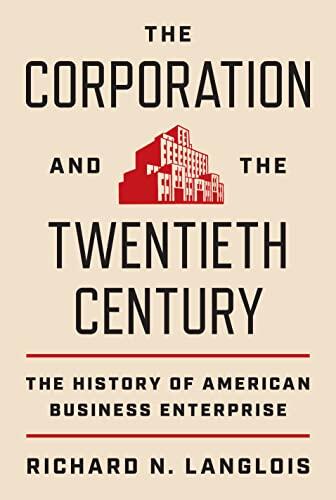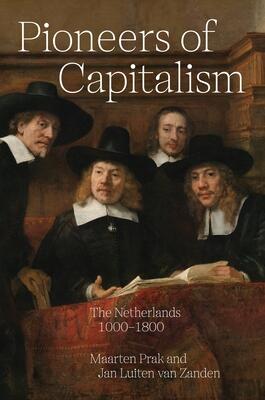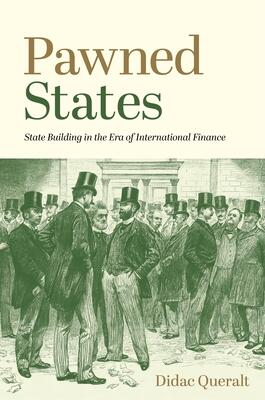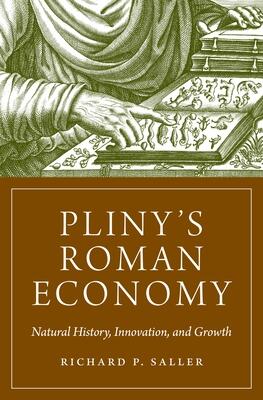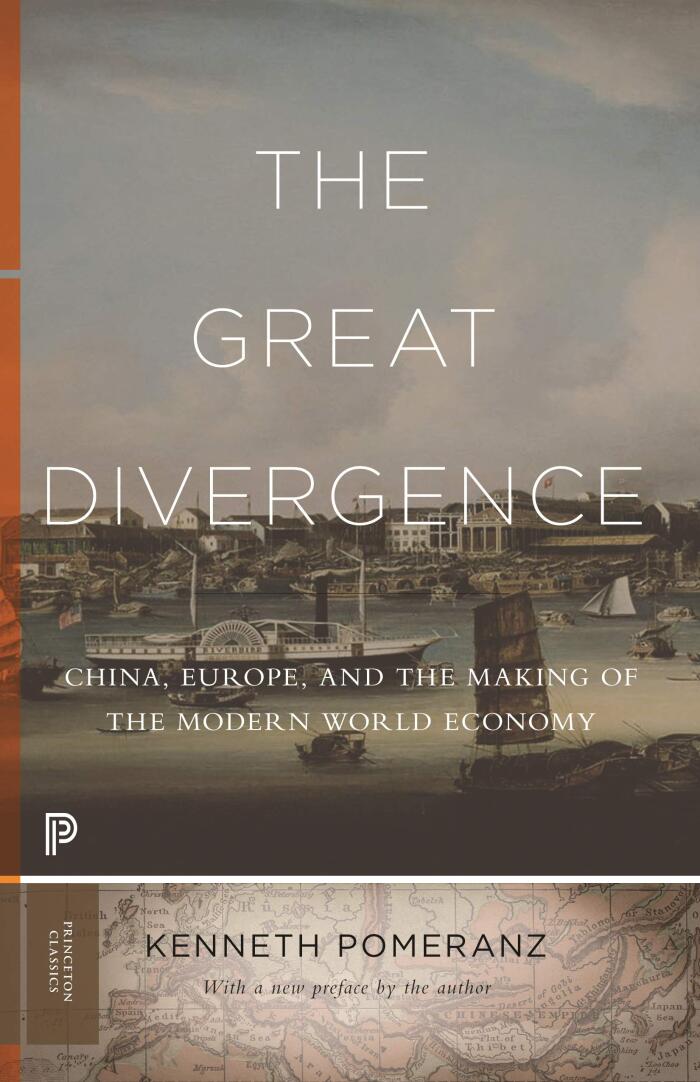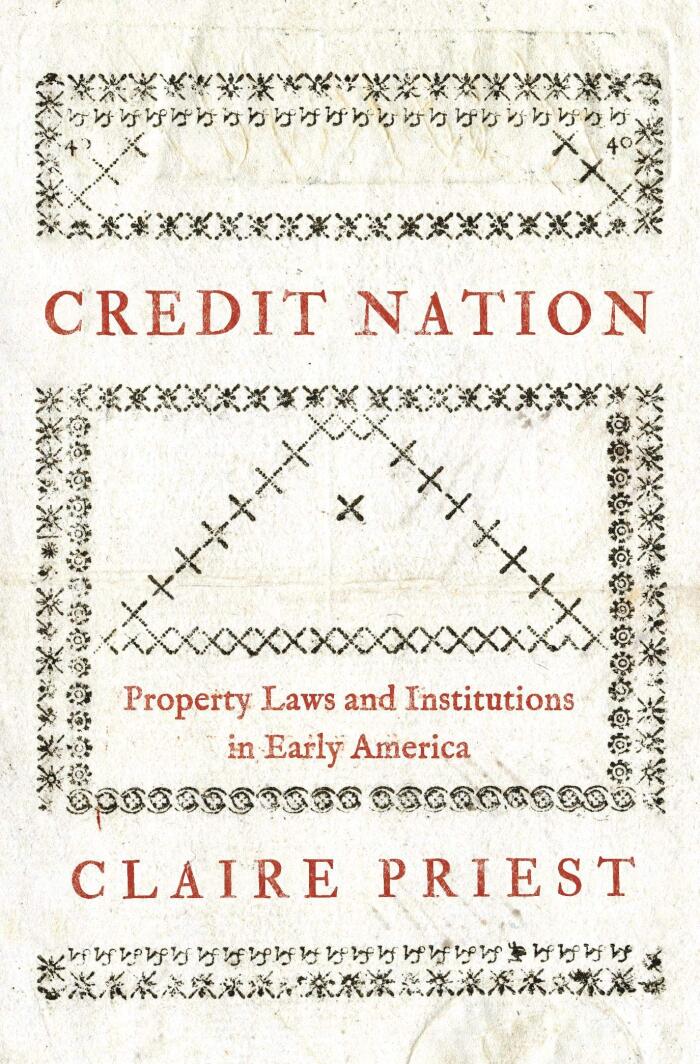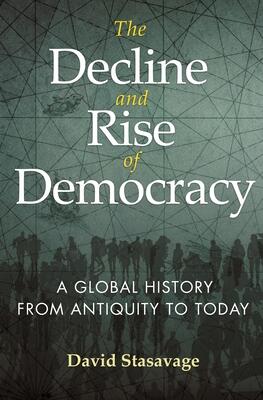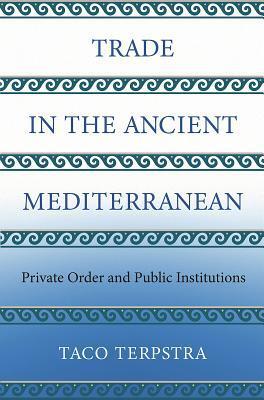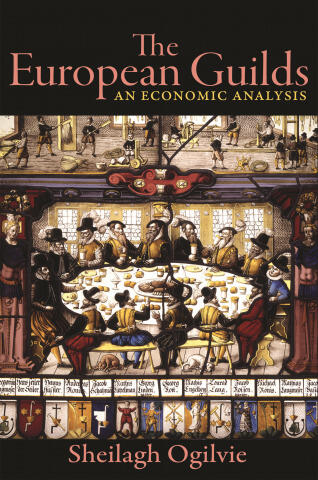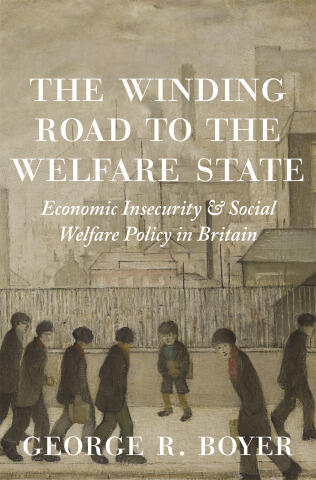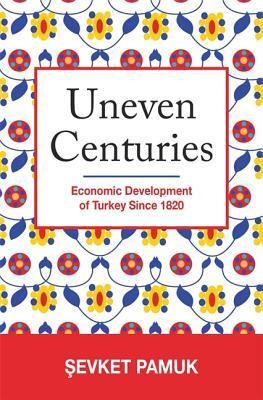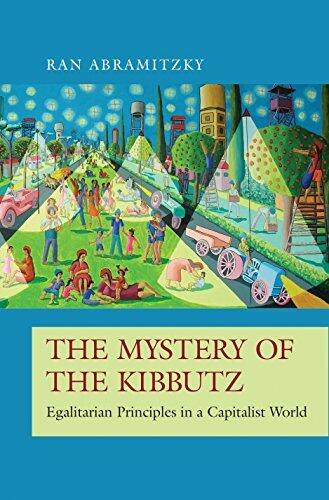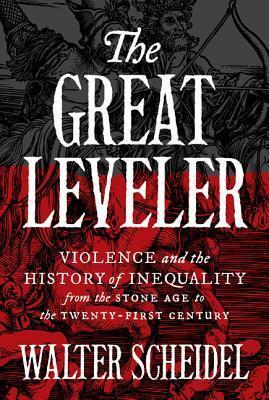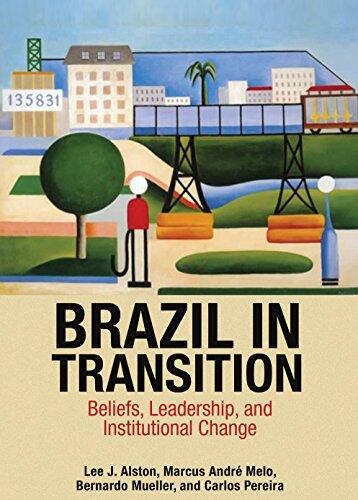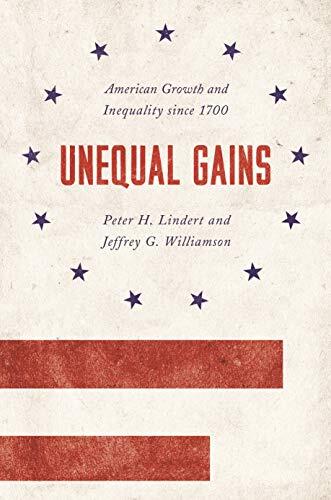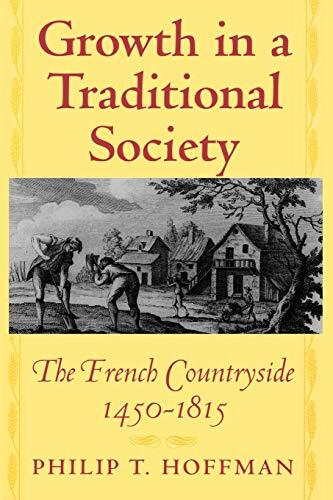
Growth in a Traditional Society
还没有评分
History
Business & Economics
格式
平装书
页数
362
语言
英语
已发布
Aug 15, 2000
出版商
Princeton University Press
ISBN-10
0691070083
ISBN-13
9780691070087
描述
Philip T. Hoffman delves into the complexities of traditional agricultural societies, challenging the prevalent notion that these communities were stagnant and resistant to change. He meticulously examines how economic growth can emerge within societies that seem bound by tradition, highlighting the intricate interplay between agricultural practices and external influences.
By exploring historical case studies, Hoffman reveals the often-overlooked factors that fostered innovation and adaptation in these seemingly static environments. He argues that social structures, cultural norms, and economic conditions all played significant roles in facilitating growth, painting a more dynamic picture of traditional societies than previously believed.
As he navigates through various geographic regions and time periods, Hoffman underscores the importance of context in understanding the evolution of agricultural practices. He effectively demonstrates that even in the heart of tradition, opportunities for progress and development can arise, reshaping perceptions of historical societies.
In this insightful work, readers are offered a fresh perspective on how traditional frameworks can coexist with and even promote economic transformations, urging a reevaluation of the narratives surrounding historical growth.
By exploring historical case studies, Hoffman reveals the often-overlooked factors that fostered innovation and adaptation in these seemingly static environments. He argues that social structures, cultural norms, and economic conditions all played significant roles in facilitating growth, painting a more dynamic picture of traditional societies than previously believed.
As he navigates through various geographic regions and time periods, Hoffman underscores the importance of context in understanding the evolution of agricultural practices. He effectively demonstrates that even in the heart of tradition, opportunities for progress and development can arise, reshaping perceptions of historical societies.
In this insightful work, readers are offered a fresh perspective on how traditional frameworks can coexist with and even promote economic transformations, urging a reevaluation of the narratives surrounding historical growth.

